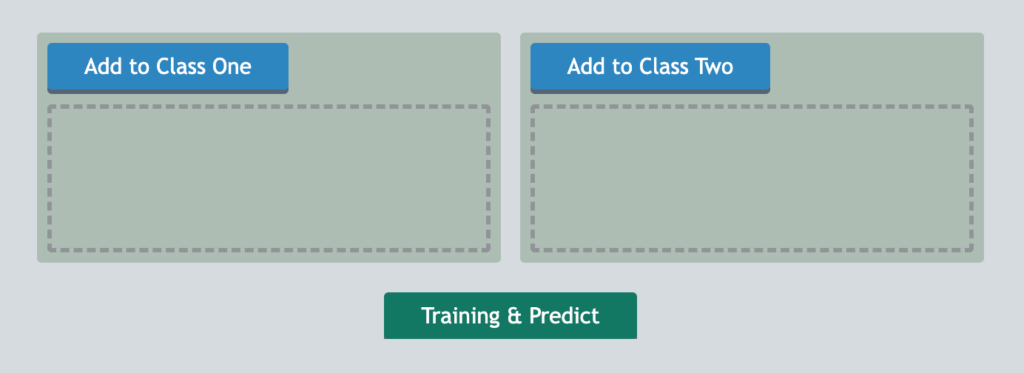Whether you realize it or not, Artificial Intelligence (AI) is already playing a major role in our digital lives. AI is involved in these applications, from what to watch next on YouTube, how to get to the supermarket on Google Maps, or asking Siri to schedule your next appointment. Since AI is already a part of our lives, shouldn’t we be learning about it in school?
Several education institutions have collaborated to develop the 5 Big Ideas in AI Education that provides a framework for how schools and curriculum designers can start incorporating AI into their curriculum, from theoretical to practical. Education researchers are also discovering how students, families and educators can benefit from learning about AI and have found that while AI can be extremely useful, it also has some limitations. For example, after students learn how AI image recognition works, they may find that it isn’t always 100% accurate. Our AI curriculum at BSD shows an example of how an AI image recognition tool can’t easily tell the difference between a chihuahua and a blueberry cupcake.
“Since AI is already a part of our lives, shouldn’t we be learning about it in school?”
In science fiction, AI is often depicted as hyper-intelligent and deeply complex. The reality is that we are still very far away from AI, which is comparable to human intelligence. We have systems that, over time, become very good at predicting outcomes based on supplied data.
Let’s imagine you want to train an AI image recognition system to use your webcam to tell the difference between apples and bananas. First, you would supply dozens of pre-labeled images of apples and bananas. Then you would show your webcam some example images or real-life examples to see how well it predicts the correct fruit. Depending on the quality of the supplied images, the AI will do its best to predict what is shown.
This is where we might encounter some problems. All data is susceptible to 3 forms of data bias:
- Amount of information
- Diversity of information
- Quality of information
Like humans, we need many examples and practice to learn something new. For the AI to learn the difference between apples and bananas, it must see dozens if not hundreds of different images. Those images also need to be diverse enough to show the range of different shades of colors, shapes, and varieties of the two fruits. The supplied images must also be high-quality images free of “noise” or background information. If the supplied images meet the requirements and contain less data bias, the ability to predict will be higher.
You can even try this for yourself now. Here is a link to BSD’s AI Image Recognition Tool. This tool uses your webcam to take photos of whatever you want it to recognize. Let’s use the previous example of apples and bananas. Hold up an apple to your webcam and click on “Add to Class One,” and the webcam will snap one photo and save it for learning. Hold up a banana and click on “Add to Class Two.” You will need a minimum of 10 images for each class. Once you have the photos, click on “Training & Predict.” The AI tool will analyze and learn the supplied images, allowing it to predict what the webcam sees. Then, test out the prediction by showing other examples of apples and bananas.

Instead of apples and bananas, you can choose any two items, or even use your own face, perhaps with and without a funny hat or sunglasses. If you encounter any prediction errors, refer to the 3 types of Data Bias for clues to what might be the cause.
BSD’s AI Image Recognition Tool.
Want to Learn More?
Free BSD Webinar
Demystifying Artificial Intelligence
March 17
To learn more about this, tune into our upcoming webinar on the topic. If you are reading this article after the date of the webinar, no problem! All previously recorded webinars can be found here on our website.


